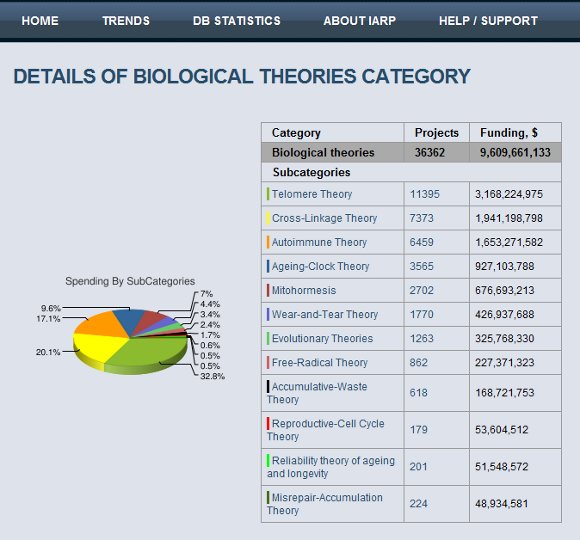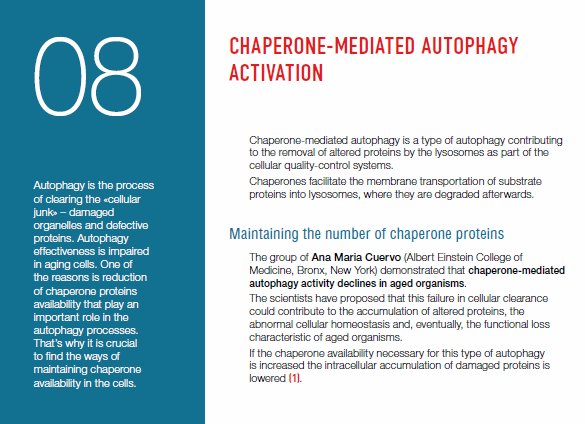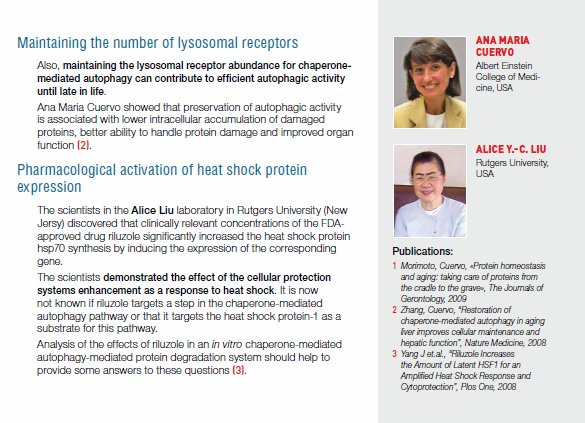To Die in Order to Live: Thoughts on Cryonics and Legal Hurdles
Here and there, I'll post on the topic of cryonics, economics (in the broadest sense of the term) and the presently very restrictive legal frameworks surrounding death. Cryonics is the low-temperature storage of the brain, and usually the rest of the body as well, preserving the data encoded in the fine structure of the tissue. In the future, advanced and foreseeable technology will make it possible to restore to life these cryopreserved people. The physics of it all is comparatively settled in comparison to the uncertainties introduced by human nature and human society, however.
A brief summary of the points I've discussed in the past are as follows:
- You don't have to be wealthy to afford cryopreservation. Most people who are preserved are of modest means and funded their procedure and storage through life insurance.
- The economics of being effectively dead are fairly dire. There are no successful examples of people managing long-term direction of their finances when they are personally removed from the picture - the incentives of all other parties are lined up against you. So don't expect take any of your wealth with you. But so what? You were alive and poor once already, and doing that again won't hurt in comparison to the alternative.
- The present legalities of death and personal autonomy are not what they might be, and the cryonics industry is consequently very interested in the right to self-determination. The employees of most first world legal systems will do all they can to ensure that you cannot decide the time of your own death; it therefore becomes far, far harder to perform a good cryopreservation. The process cannot be organized to a timetable, and becomes far more costly and uncertain. Just how free are you when your government claims it controls you to such a degree that you cannot even die on your own terms?
- Similarly, your relatives are often your worst enemies when it comes to a good cryopreservation. Whatever they say to your face, if their incentives do not align with yours, then they will fight to claim the funds that would have preserved you and cheerfully consign you to the grave and certain oblivion. In this they are supported by law and a legal system that will frequently prioritize their unreasonable claims over the contracts you thoughtfully signed.
- Atop of all of this, there is a certain tendency amongst enthusiasts for freedom - as well as other folk - to take written words on paper at their face value. To believe that contracts can determine the acts of men and women, in other words, even when those acts are at odds to their incentives. Sadly the world doesn't work that way; words on paper, like all promises, are worthless when one of the signing sides has no incentive to abide by them.
My bias in these matters is no doubt well know to readers here: government employees are not your friends, and the law is a beast that looks only to its own perpetuation. A free society would not suffer the indignities forced upon so many people by "public servants." But we do not live in a free society, and I imagine that wealthy free societies will not arise in our era - at least not until commercial spaceflight advances sufficiently to open the next great frontier.
So to the point of the post: my attention was recently directed to an open paper on law and cryopreservation. It was written by a student of law, so while recognizing the issue at hand, the solution proposed is made up of what are effectively more legal undertakings, just at a legislative level - which I fear rather misses the true source of the problem. Beyond that, the article provides a good review of the past and legal present of the cryonics industry, and is very educational in that respect. For example, the following quote references one of the more outrageous cases in recent history:
In 1988, doctors diagnosed Thomas Donaldson with an incurable brain tumor. The tumor was in a region of the brain that does not affect thinking, but rather physical coordination. In 1990, Donaldson, an Alcor member, decided to file a lawsuit to force the state to allow his pre-mortem cryonic preservation. Donaldson sought a judicial declaration that he "has a constitutional right to premortem cryogenic suspension of his body and the assistance of others in achieving that state." As the court boldly framed the issue, "Plaintiff Thomas Donaldson wishes to die in order to live."...
The court stated: "The state may also decline to assess the quality of a particular human life and assert an unqualified general interest in the preservation of human life to be balanced against the individual's constitutional rights." After weighing these state interests against Donaldson's assertion of a constitutional right to cryonic suspension, the court concluded that it is "unfortunate for Donaldson that the courts cannot always accommodate the special needs of an individual."
A man whose brain was being destroyed by cancer was told he could not arrange the best shot at a chance to preserve his mind and self - and that the law will punish him and all who help him if he tries. If you value self-determination and the rights of the individual then this sort of thing should make your blood boil. Are we serfs and subjects, to be treated like cattle, and our lives sacrificed to laws that serve no purpose beyond their own continuance? Clearly much of the government apparatus in the US is built upon the belief that the answer to that question is "yes."


